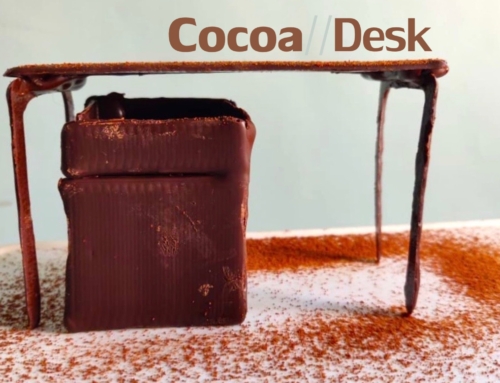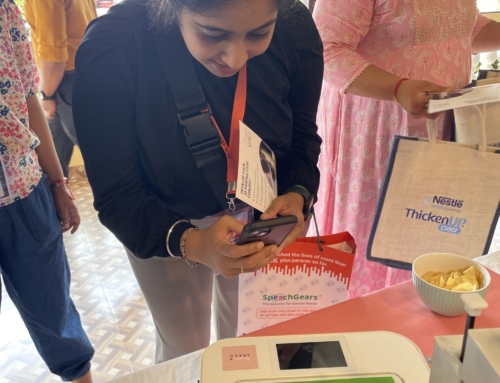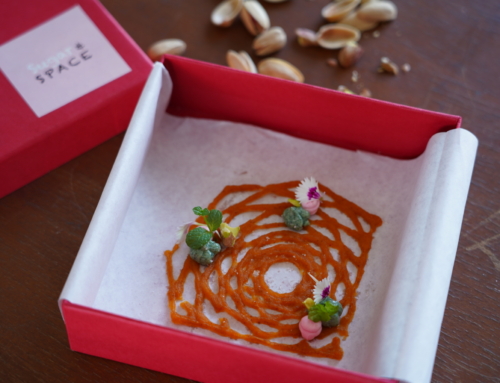Commercial airlines often compete on good quality food and drink. Before digital in-flight entertainment arrived, windows were the only means of distracting passengers from the thought of a crash. Airlines used food to distract and entertain passengers. In his book Gastrophysics: The New Science of Eating; Professor Charles Spence – head of The University of Oxford’s Crossmodal Lab (and my personal hero) – breaks down the science behind eating up high. He explains that the cabin atmosphere thousands of feet above the ground isn’t conducive to fine dining. Lowered air pressure and lack of humidity lead to 30% flavour loss. So caterers load airplane food with excess salt and sugar (still wondering why your feet won’t fit into your shoes when you land?)
The Careful Design of Airplane Food
Airplane food and the way it is served are designed to the T. The type of food varies depending upon the airline company and class of travel. Often, airplane food is reflective of the culture of the airplane’s country of origin or its destination to respond to passengers’ palates. In economy class, we receive meals on a single tray for easy and efficient service, clearing and storage. They are compact and largely standardised for ease of service, except for a selection of the main course.
This could be meat, fish, or pasta (this shouldn’t lose much flavour when reheated); and is accompanied by a salad, some bread (with butter) and dessert. Condiments (salt, pepper, and sugar) are always included to combat perceived flavour loss at high altitudes. According to a study in the Journal of Experimental Psychology, airplane cabins tend to blare at a solid, steady 85 decibels. This tends to deaden sweet flavours; but ups the perception of umami, found in tomatoes (and parmesan cheese, certain spices, and Worcestershire sauce). No wonder Lufthansa estimates people consume about as much tomato juice as beer aboard its flights – it’s because Bloody Marys taste so much better high up in the sky.

Setting the Table, an exploration of eating rituals across cultures that goes far beyond four legs and a surface.
Let’s grab a (virtual) Bloody Mary and explore how we can work together. Contact us.








Leave A Comment